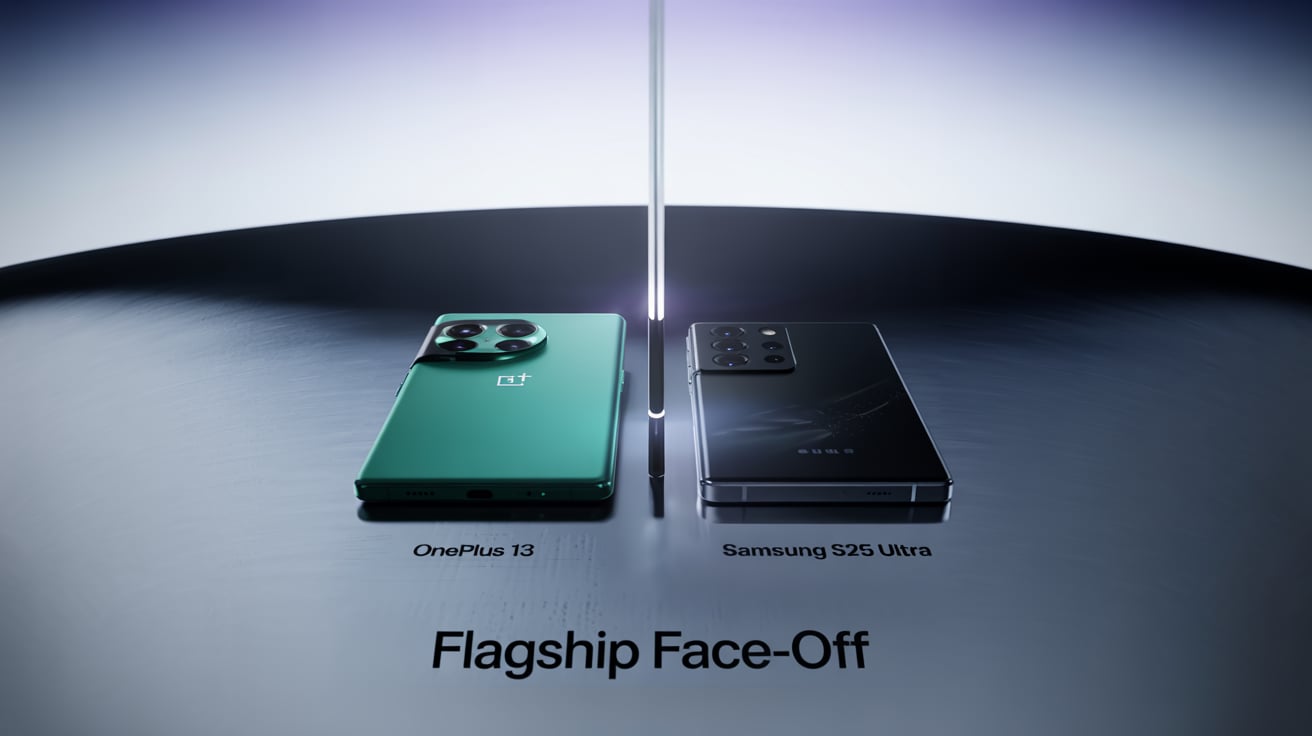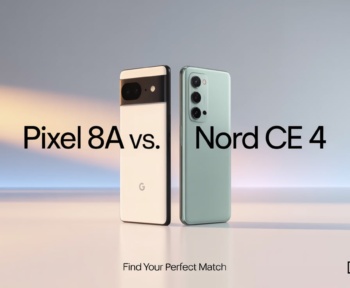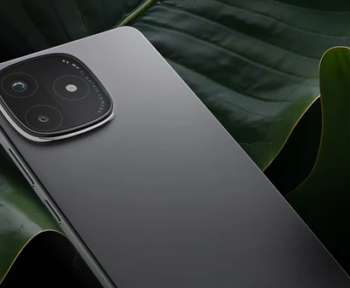
When it comes to premium smartphones in 2025, the OnePlus 13 and Samsung Galaxy S25 Ultra stand out as top contenders. Both devices offer cutting-edge technology, but they cater to slightly different user preferences. In this comprehensive comparison, we’ll delve into their design, performance, camera capabilities, battery life, software experience, and pricing to help you decide which flagship reigns supreme.
Design and Build Quality
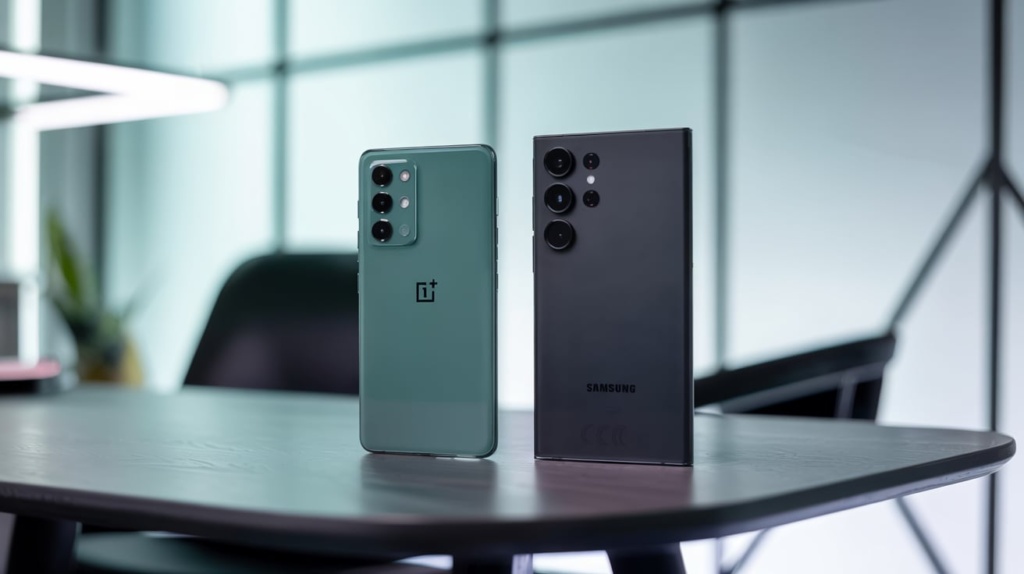
The OnePlus 13 embraces a sleek and minimalist design, featuring an aluminum frame with a matte finish. Its IP69 rating ensures enhanced water and dust resistance, making it one of the most durable smartphones available. Weighing approximately 210g, it strikes a balance between sturdiness and comfort.
On the other hand, the Samsung Galaxy S25 Ultra adopts a more robust and premium build with Gorilla Glass Victus 3 and stainless steel edges. It boasts an IP68 rating, offering solid protection against the elements. Weighing around 218g, it feels substantial in hand, exuding a sense of luxury.
Display Technology
Both smartphones sport impressive displays. The OnePlus 13 features a 6.82-inch LTPO OLED screen with a resolution of 3168 x 1440 pixels, supporting a 1-120Hz adaptive refresh rate. It delivers vibrant colors and smooth animations, ensuring an immersive viewing experience.
The Samsung Galaxy S25 Ultra, slightly larger with a 6.9-inch Dynamic AMOLED 2X display, offers a resolution of 3120 x 1440 pixels. Its adaptive refresh rate also spans from 1 to 120Hz, providing fluid visuals. While both displays are top-notch, the choice between them may come down to personal preference regarding size and brand loyalty.
Performance and Hardware
Under the hood, the OnePlus 13 is powered by the Qualcomm Snapdragon 8 Elite processor, coupled with up to 24GB of RAM and storage options reaching 1TB. This configuration ensures seamless multitasking and efficient performance for demanding applications.
Similarly, the Samsung Galaxy S25 Ultra is equipped with the Snapdragon 8 Elite for Galaxy (or Exynos 2500, depending on the region), offering up to 12GB of RAM and storage options up to 1TB. While both devices offer robust performance, the OnePlus 13’s higher RAM capacity may provide an edge in handling resource-intensive tasks.
Camera Capabilities
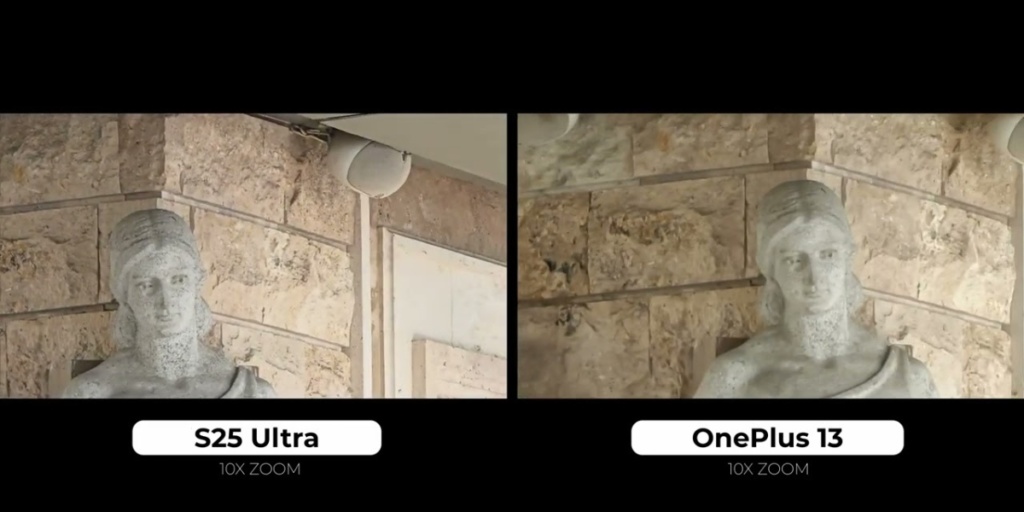
Photography enthusiasts will appreciate the advancements in camera technology on both smartphones. The OnePlus 13 features a triple-camera setup, including a 50MP primary sensor, a 50MP ultrawide lens, and a 50MP periscope telephoto lens with 3x optical zoom. The Hasselblad tuning ensures accurate color reproduction and detailed shots.
In contrast, the Samsung Galaxy S25 Ultra boasts a quad-camera array, highlighted by a 200MP main sensor, a 50MP ultrawide lens, a 10MP telephoto lens with 3x optical zoom, and a 50MP periscope telephoto lens with 5x optical zoom. This extensive setup allows for versatile photography, from ultra-wide landscapes to detailed close-ups.
Battery Life and Charging

Battery longevity is a crucial factor for many users. The OnePlus 13 is equipped with a 6,000mAh battery, supporting 100W wired charging and 50W wireless charging. This configuration enables rapid recharging, with the device reaching full charge in under 40 minutes.
The Samsung Galaxy S25 Ultra, while featuring a 5,000mAh battery, supports 45W wired charging. Although it offers wireless charging capabilities, its wired charging speed is slower compared to the OnePlus 13, potentially leading to longer charging times.
Software Experience
Software plays a significant role in the overall user experience. The OnePlus 13 runs on OxygenOS 15, based on Android 15. It introduces features like AI Notes, Circle to Search, and AI Replies, enhancing productivity and user interaction. OnePlus promises four major Android updates and five years of security updates, ensuring the device remains up-to-date for an extended period.
The Samsung Galaxy S25 Ultra operates on One UI 7, also based on Android 15. It emphasizes AI integration, offering features like Samsung DeX and enhanced multitasking capabilities. Samsung commits to providing seven years of software updates, offering a longer support window compared to the OnePlus 13.
Pricing and Availability
Pricing is a decisive factor for many consumers. The OnePlus 13 starts at $900 for the base model with 12GB of RAM and 256GB of storage. Higher configurations are available, offering up to 24GB of RAM and 1TB of storage.
The Samsung Galaxy S25 Ultra begins at $1,300 for the 256GB variant with 12GB of RAM. Higher storage options, including 512GB and 1TB models, are priced at $1,420 and $1,660, respectively.
Conclusion
In the battle between the OnePlus 13 and Samsung Galaxy S25 Ultra, both smartphones offer exceptional features and performance. The OnePlus 13 stands out with its higher RAM capacity, faster charging speeds, and superior water resistance. Its more affordable pricing makes it an attractive option for users seeking high-end specifications without breaking the bank.
Conversely, the Samsung Galaxy S25 Ultra excels with its advanced camera system, longer software support, and premium build quality. Its higher price point reflects these enhancements, catering to users who prioritize cutting-edge photography and extended device longevity.
Ultimately, the choice between the OnePlus 13 and Samsung Galaxy S25 Ultra depends on individual preferences and priorities. If you value rapid charging, robust performance, and durability at a competitive price, the OnePlus 13 is a compelling choice. If you seek a device with top-tier camera capabilities, extended software support, and a premium design, the Samsung Galaxy S25 Ultra may be the better fit for you


